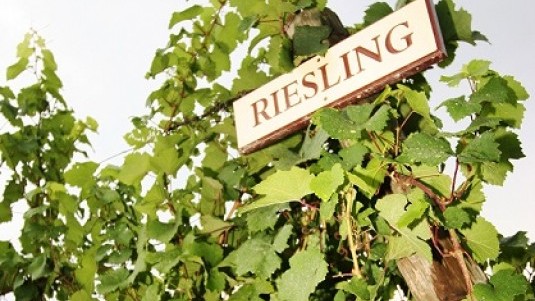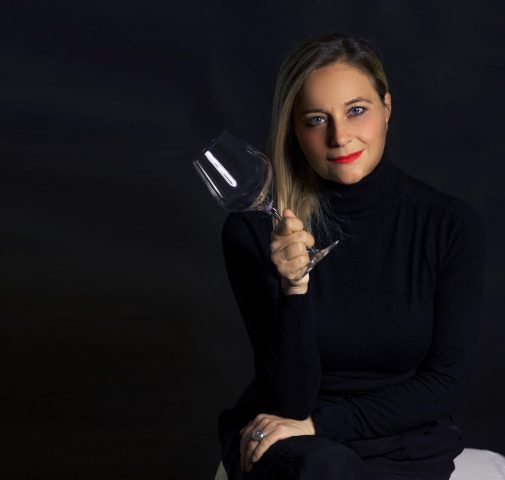Legendary Riesling (1): Introduction

P
Some passionate wine lovers, veterans of decades of tastings, consider Riesling to be the greatest white wine grape on the planet. For sure, it holds up again Chardonnay from Burgundy for its capacity to please, surpasses it in regard to recognizability and, without a doubt, beats it in terms of lifespan. The qualities that allow it to become almost ‘eternal’ are easily identifiable: acidity, acidity acidity. Because the acidity is so great, this wine needs sugar to keep it from being too cutting or, in some cases, even scalding. What may seem to be a sensorial limitation becomes, in reality, a masterpiece of balance through productive technique and results in wines with unique complexity, aromatic intensity and gracefulness.
To produce such sweetness the grapes need to grow in cool temperatures with almost extreme variations. This explains why it grows best in Germany and Alsace and only a few other places. In these areas the grape obtains its cathartic, sweet and inimitable characteristics. With only rare exceptions, the best sweet wines in the world come from these areas, wines with an unmatchable balance between acidity and sweetness, characteristics that make the wines an organoleptic bomb.
To make things easier, we will try to simplify Germany’s wine classification system as much as possible. It is based on an increasing levels of sugar first of the musts and then of the wines. The most important quality-wise is Qualitätswein mit Prädikat (QmP) and includes wines for which no additional sugar is allowed and must have a minimum alcoholic content (indicated with the weight of the must equal to 67° Oechsle), although there are many exceptions to allow the winemaker a freer hand to interpret year. This category can be subdivided as follows:
Trocken: Theoretically dry but each producer can interpret this according to the harvest. The sugar level of the must is a minimum 73° (degrees Oechsle; with average sugar residues in the wines of between 4 and 9 grams per liter).
Kabinett : Wine made from ripe grapes rich in sugar. The finished wine usually has more than 9g/l of sugar residue (67° Oechsle in the must).
Spätlese : Literally ‘late harvest’. The grapes have initial signs of noble rot and the wines are similar to the dessert wines of Alsace with a minimum sugar level in the must of 85° Oechsle (with a maximum of 80g/l in the final product).
Auslese : Wines with a greater sugar level and that are also similar to the dessert wines of Alsace. The must have a minimum sugar level of 90° Oechsle and up to 10g/l in the final product.
Beerenauslese : Made from ‘select’ grapes, the wines are decidedly more concentrated and sweet and are produced only in certain years with significantly high sugar levels (200g/l in the final product).
Trockenebeerenauslese : Made from ‘select raisinated’ grapes. These wines are even more concentrated and sweet and produced only in exceptional years with a sugar residue in the final product of 270g/l.
Eiswein: Made from moldy grapes that have frozen making the juice very thick. These wines are rare and costly and made only when the harvest is right.
The reviews in the next installments are the result of a series of tastings by diehard fans of this wine. The first installment will be published tomorrow after which there will be one a week.
I would like to thank Francesco Agostini, one of the world’s greatest Riesling experts, without whom these tasting sessions would not have taken place. His personal acquaintance with many great Riesling craftsmen, above all in Germany, as well as his knowledge of the German language, allowed me to also get to know them either directly or through their wines, many of which are now in my own cellar.

 Italiano
Italiano








